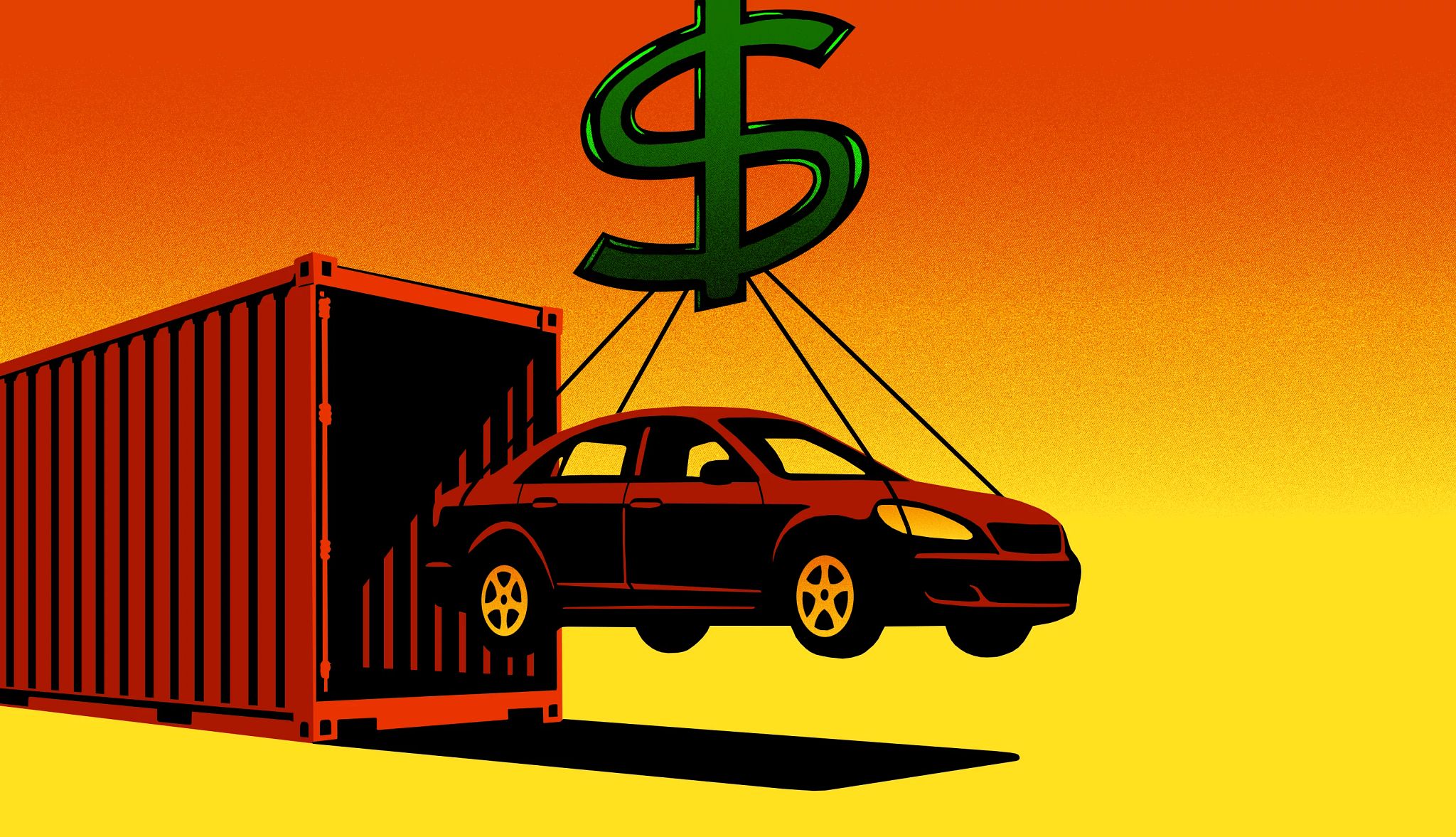AARP Hearing Center


If you’re in the market for a new car, you could be in for sticker shock. A 25 percent tariff on imported automobiles is expected to increase prices by $2,500 to $20,000, depending on the vehicle, according to a report from Michigan-based consulting firm Anderson Economic Group (AEG). In addition, a 25 percent tariff on foreign auto parts, which took effect May 3, could raise prices even higher — with a couple caveats.
On April 29, President Donald Trump signed an executive order that U.S. carmakers paying the 25 percent tariffs on foreign-made vehicles won’t also be charged for other import taxes, such as those on steel and aluminum. The Trump administration also said it would allow automakers to be partially reimbursed for the tariffs on foreign parts for the next two years based on a proportion of the cost of the imported components.
The price hikes won’t be limited to new foreign-made cars, though. Most vehicles made in America have imported parts. And as new car prices rise, used car prices will likely follow suit, economists and auto industry experts say.
“If you are planning to buy a car, I think you should buy it now,” says Ilhan Geckil, AEG’s managing director of strategy and valuation.
But before you head to the dealership, be aware of how car costs and inventories could be impacted by tariffs, and make sure to review your options to find the best price on the vehicle you want.
Which vehicles will be affected by tariffs?
Although the 25 percent tariff applies to all imported vehicles, some foreign-made automobiles could see especially large price hikes. Price tags on smaller European imports could rise $8,000 to $10,000, according to the AEG report. Luxury sedans, SUVs and sports cars manufactured overseas may see prices surge by more than $20,000.
Steep drops in inventory are also expected to drive up prices for certain vehicles. Several foreign brands, including Jaguar, Land Rover and Volkswagen, have announced that they’re halting imports to the U.S.
Rising costs won’t be limited to imported vehicles. “You’re not going to be able to go down to a dealership and say, ‘It’s made in the U.S. It should cost less,’” says Brian Moody, senior lead editor for Autotrader and Kelley Blue Book. That’s because the 25 percent tariff on imported auto parts affects vehicles assembled in the U.S., with domestic car manufacturers importing at least half of the components in American-made cars, according to the White House.
AEG estimates the tariff will increase prices for small crossovers and sedans assembled in the U.S. with imported parts by $2,500 to $4,500. The tariff could add $5,000 to $8,000 to the cost of mid-sized vehicles and some pickup trucks, and full-size SUVs assembled in America with foreign parts could see price increases of $10,000 to $12,000.


































































More From AARP
25 Great Ways to Save on Car Costs
From car buying to insurance to maintenance, here’s how to spend less on your vehicle
9 Products That May Get More Expensive Due to Tariffs
Watch out for higher prices for avocados, shoes and more, economists warn
How to Sell Your Collectibles
Whether it’s baseball cards, stamps, comic books or other items, take these steps to fetch top dollar